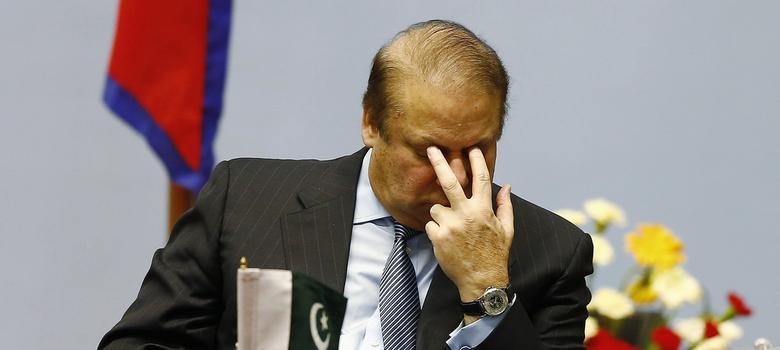Surendra Munshi
 What needs to be done is a question that cannot be even raised meaningfully without paying close attention to what has happened. We need to ask first: in nearly 30 years since 1987, what has been lost?
What needs to be done is a question that cannot be even raised meaningfully without paying close attention to what has happened. We need to ask first: in nearly 30 years since 1987, what has been lost?
The loss of Kashmiri Hindus needs to be emphasized as it is often overlooked. An entire community has been thrown out of their original homeland and made refugees in their own country. This is not to overlook other losses. The actual deaths during the period are likely to be less than 1,00,000, including those of security personnel, but the number is certainly very large and growing. Deaths, injuries, tortures, abuses, rapes, missing persons - these human miseries have caused havoc for individuals and families. Common Kashmiri Muslims have suffered much. Women bear the brunt of such a massive upheaval.
There have been major economic losses as well due to the insurgency. According to an estimate, just the ongoing unrest in Kashmir has already caused a loss of Rs 6,400 crore to the economy of the Valley owing to curfews and strikes. More depressing is the cost of missed opportunities. A peaceful state of Jammu and Kashmir could have opened up opportunities at all levels for benefiting from new technologies. A software and hardware hub, pharmaceutical industry, service industry with digital support, revitalized traditional economic activity such as tourism - all these come readily to mind.
Less tangible but more damaging is the change in mentality. If the social landscape of the Kashmir Valley has been changed, the mental landscape is being changed too. A key word that must be considered now is kashmiriyat, a word that has special reference to Kashmir.
A brief reference to the past is relevant here. Kashmir is known to have been an abode ofrishis, the inspired saints or ascetics of ancient times who sang hymns for the welfare of humanity. Nobody illustrates this tradition better than Lalla, born in the first half of the 14th century, seen as a Shaivite as well as a Sufi mystic. Lalla influenced the poets who followed her, notably Sheikh Nur-ud-din, revered by Hindus and Muslims alike, called Nunda Rishi by the Hindus. There are many legends about these mystic aspirants, notably how Lalla nursed the infant Nur-ud-din when he refused milk from his own mother. These were the expressions of the coming together of Shaivism and Sufism in the local context of Kashmir. This coming together was moved by the spirit of 'peace with all' which had its influence on the social life of the common people.
 HAPPYMON JACOB
HAPPYMON JACOB










